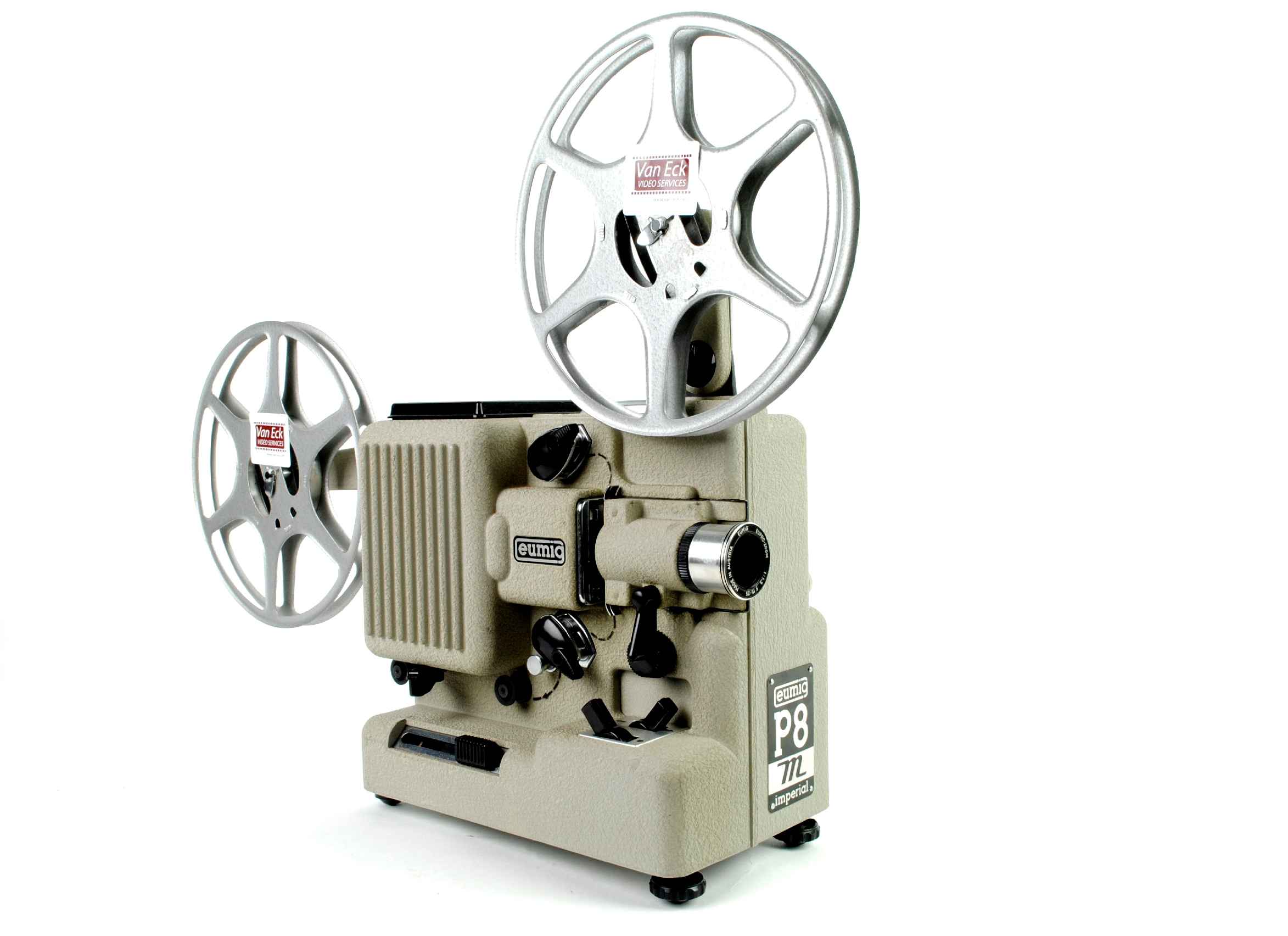Eumig P8 Technical Manual
A EUMIG 8mm movie camera from about 1955 In 1960 Alois Handler, the last of the three original founders, died. EUMIG's postwar innovations continued, with 3,000 employees in 1961.
In 1962, the radio production was abandoned and sold to HEA, after EUMIG had cumulatively sold some 3 million radios. The company then focused on the construction of movie cameras and projectors at its two plants in the Neudorf and Furstenfeld sections of Vienna. After Kodak (USA) introduced film, in 1965 EUMIG launched the movie camera 'Viennette Super-8' and the projectors 'Mark M Super-8' with threader and arrest projection and 'Eumig Mark S Super-8' for Super-8 sound film.
At the time, EUMIG was the only European manufacturer with a complete range of equipment for Super-8 film. In 1969, it expanded again, acquiring the Swiss company, before introducing the Eumig Movie Camera 'mini' in 1971.
It would go on to produce about 500,000 units of the mini series. In 1973, EUMIG introduced the silent film projector 'Mark 610 D' (switchable for Regular 8 and Super 8 film), which was sold in a similar form as Bolex 18-3 Duo and the Revuelux 3003. In 1974, the Executive Board of the Vienna Buchengasse moved to a new high-rise next to the factory in Neudorf.
By 1975 EUMIG had become the largest film projector manufacturer in the world, turning out some 500,000 projectors a year, and employing some 5,000 people. In 1976, EUMIG entered into a contract with (USA) for the production of instant film devices The system consisted of the camera, the presenter and film, delivered in special cassettes, that could be developed immediately after exposure and demonstrated after only 90 seconds. Two years later, however, EUMIG had to lay off 1,000 employees after Polaroid stopped its orders for Polavision. In 1977 Eumig tried again in the radio hifi industry and introduced the 3-head stereo cassette deck 'Metropolitan CCD', with a tuner and amplifier as a 'Metropolitan CC' in a console design, with fully electronic sensor control and opto-electronic synchronization control. In 1979, EUMIG began working on a portable video recorder, first developed by for the LVR system (Longitudinal Video Recording, wherein the recording is carried out in 48 parallel tracks).
But later that year, the LVR project was discontinued, as the market opportunities were considered to be too few. A EUMIG Mark S810 Super 8 movie sound projector The Eumig FL-1000uP cassette deck came out in 1979, replacing the Metropolitan Series. It used a microprocessor, the Mostek MK 3870. It had a more advanced drive than the Metropolitan, with a front loading design in which the winding speed was electronically governed at Rewind (short rewind time), and was able to tape media positions accurately with an electronic counter, with an extremely short acceleration time. The built-interface could control up to sixteen decks from a computer. The FL 1000uP won the 'Award for Design and Engineering' at the Consumer Electronics Show (CES) in in 1979, where none of the Japanese devices shown had a similar functionality to EUMIG's. Also that year, Eumig launched the waterproof film camera 'Nautica' for Super 8, usable up to 40 meters below the surface.
Eumig P8 Service Manual

In 1980 Eumig had 3000 employees. That year it launched the two film cameras 'Eumig Sound 125 XL' and 'Eumig Sound 128 XL' for Super-8 sound film, which were the only sound film cameras EUMIG would produce itself. Previously, it had purchased sound film cameras from. Abrupt End, 1980-82. Eumig Hochhaus, in the industry zone of Wiener Neudorf, was created for Eumig in 1956 In 1981, EUMIG sold the development branch for SMD technology to the company Schrack.
Soon afterwards, the ('Austrian National Bank') stopped the further financing of EUMIG, and the company terminated production of hi-fi equipment. In 1982 the company declared bankruptcy and began liquidating its assets. The EUMIG skyscraper in Neudorf was sold to Palmers AG, while the brand name 'EUMIG' was sold to the company. The EUMIG patent for the macro system in lenses was sold to the Japanese company. The Fohnsdorf factory was taken over by AT&S (Austria Technologie & Systemtechnik). The bankruptcy process was completed in 1985.
In 1989 the German company Rothenberger GmbH, acquired the rights to the EUMIG name for the production of cameras and audio and video systems, and today it is under the name EUMIG industry-tv GmbH Environmental products for the channel and tube businesses are sold. Museum The Eumig Museum is in. External links. Wikimedia Commons has media related to.